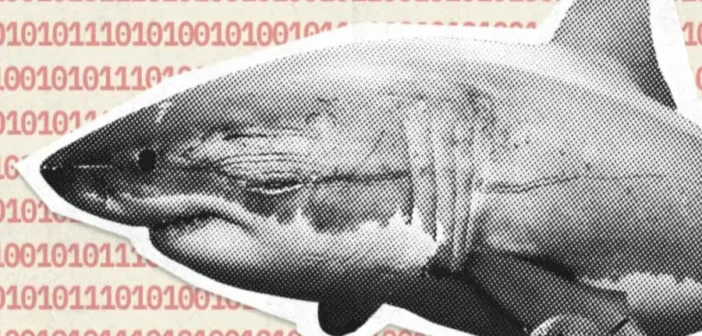A sophisticated crypto phishing scam has cost one investor more than $2.5 million in Tether USDT, according to data published by blockchain security firm Cyvers Alerts. The attack involved a method known as the zero transfer attack, a rising threat in the world of on-chain fraud.
The victim received a zero-value transaction, a deceptive tactic that makes a scammer’s address appear familiar by placing it in the wallet’s transaction history. Believing it to be legitimate, the investor unknowingly sent two large transfers to the fake address — $843,000 first, followed by another $1.75 million just three hours later.
How the Crypto Phishing Scam Unfolded
The crypto phishing scam used a wallet address that closely resembled one the victim had interacted with before. This false sense of familiarity led to two accidental transfers totaling nearly $2.6 million in Tether USDT. The criminal behind the attack mimicked the legitimate address to exploit human error.
This style of phishing highlights the growing sophistication of on-chain fraud tactics, particularly as more users rely on transaction history instead of verifying addresses manually.
Zero Transfer Attacks Are on the Rise
According to Cyvers, from July 1, 2022 to June 30, 2024, more than 270 million zero transfer phishing attempts were recorded across BNB Chain and Ethereum. Around 6,000 of those attacks were successful, resulting in over $83 million in losses.
The crypto phishing scam method is deceptively simple but highly effective. It underscores the importance of extra wallet security practices, such as address whitelisting, manual verification, and using hardware wallets for high-value transfers.
Stay Safe from Crypto Phishing Scams
To protect against the growing threat of crypto phishing scams, investors are urged to:
-
Avoid relying on transaction history when copying wallet addresses
-
Enable security features like transaction whitelists
-
Double-check recipient addresses before sending any funds
-
Use hardware wallets and two-factor authentication where possible
As scams like the zero transfer attack become more common, awareness and user education will be key to reducing future losses.




